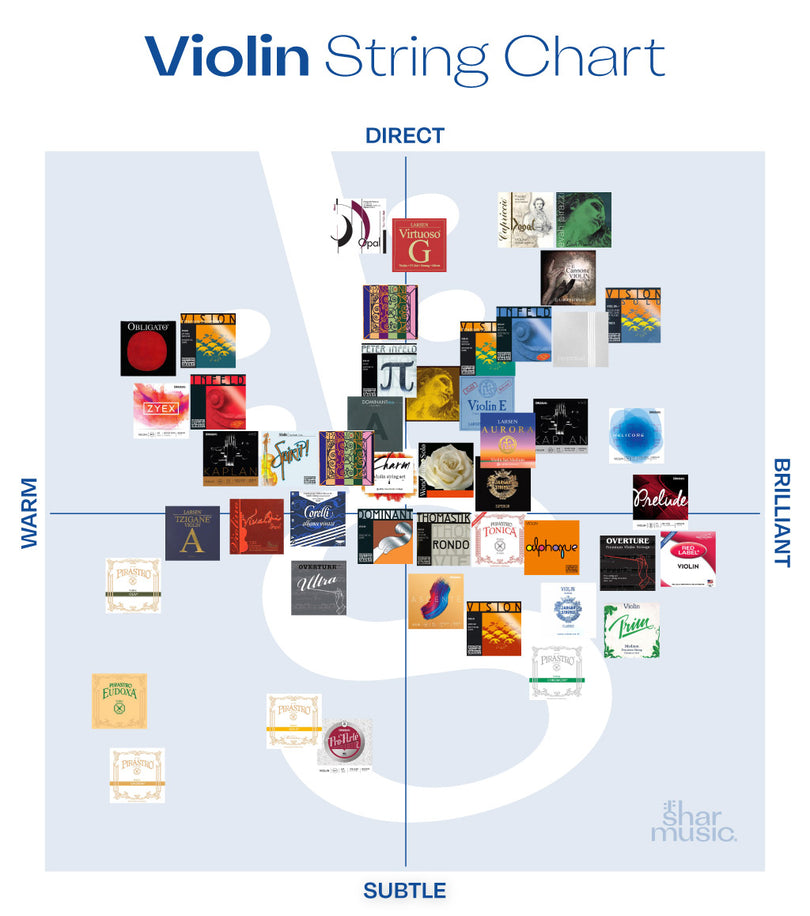Welcome to the third feature for our Shar Music® Play it By Fear Halloween Extravaganza! From Friday the 13th through October 31st, we will be celebrating all things Spooky with blogs, social media content, and sales!
It’s a tale oft told: faced with a life of mediocrity, poverty, or obscurity, someone wishes for greatness by any means necessary. As if attuned to cries of misery, the Devil (or Satan, or Mephistopheles, etc.) appears to give the desperate what they desire at the cost of their soul. Since the original tale of Faust selling his soul for unlimited power and knowledge, it has been a repeated motif in Western culture. It is also a recurring theme in the history of music—many have been accused of selling their souls in exchange for musical talent. Rock music legends like Led Zeppelin, blues icon Robert Johnson, and even rapper Snoop Dogg have had rumors abound (sometimes by their own admission) that they’ve had a supernatural encounter with less-than-desirable forces. However, there is one historical musician that sounds out among them, and that is of violin virtuoso Niccolò Paganini.
Paganini is considered one of the greatest violinists of our time, and has become the standard (impossible though it may be) to which all violinists measure their skill. Many legendary musicians come with their fair set of folk tales, rumors, and larger-than-life associations, but Paganini is arguably as infamous for his “deviltry” as he is heralded for his otherworldly skill. In this article, we’ll investigate a few of the myths surrounding Paganini and figure out which is fact, and which is fiction.
Myth #1: Paganini Sold His Soul
The most often-repeated rumor about the young violinist is that he was a maleficus—a person who made a pact with the devil. Many European news sources, reviewers, critics, and even rival violinists referred to Paganini as a sorcerer, charlatan, magician, or wizard. In Germany, he nicknamed hexensohn (son of a witch) or hexenmiester, or a “witch-master.” As discussed in a previous blog article about the hysterical impact of Saint-Saëns’ Danse Macabre, a typical nineteenth century audience was very easily startled, and the skill and ease in which Paganini played the violin shocked many. He could perform feats that were simply not possible for the average violinist, and many of his contemporaries watched him perform in awe. He also had a very unconventional performing style that was very active—his bowing was fast and precise, and the violin he played became known as Il Cannone (the Cannon) because of how loud and strongly it could project sound (it is also why the Il Cannone Strings share this name and Paganini’s likeness).
Myth #2: Paganini was Possessed by the Devil
With the publication of Gothe’s play Faust Part One in 1805, the Gothic became completely entrenched in Victorian popular culture. Ailments like hauntings, hysteria, spirit photography, lithographs, seances, fortune telling, and demonic possession were some of the most popular held beliefs at the time and hinted at the growing paranoia of Victorian cultural obsessions with purity verses debauchery. Faust had a huge influence on critics and contemporaries of Paganini, and the violinist’s imposing figure was also subject to scrutiny. According to Maiko Kawabata, writing for Current Musicology, “By all accounts, Paganini was extremely pale, his complexion accentuated by his dark hair and attire … Paganini’s cadaverous appearance was elsewhere interpreted as a symptom of cholera and his contorted posture was said to mimic the death throes of an afflicted patient writhing with stomach cramps.” He was also known for his incredibly long fingers, which enabled him to perform in ways other violinists could not; in the modern era, scholars propose that Paganini was afflicted with Marfan syndrome, the same genetic disorder that Abraham Lincoln may have also had.
Myth #3: Paganini had a Violent, Criminal Past
If a violinist was to have sold his soul to the devil, it is not reasonable to think he has something else to hide? Because no other musician at the time couldn't challenge Paganini on any scale, it was difficult for critics, scholars, musicians, and audiences to believe how he played was humanly possible. His “demonic possession” not only gave him an incredible talent, but also, supposedly, a thirst for violence. In classical medieval imagination, Death was often imagined as playing a fiddle. In fact, the imagery of a violinist being akin to a killer originated alongside Paganini; his playing style was critiqued to be violent, his instrument feminized as a victim being struck again and again. Paganini was also caricatured as jumping in the air, bow raised, as if he was commanding magic, or even threatening his violin. While he was a known gambler and womanizer, Paganini’s denial of his associations with the occult only furthered the rumors that he was hiding something.
Myth #4: Paganini was a Demon Incarnate
Part of the reason why the myths persisted in this period was also the crossover with entertainment. Paganini caused a stir as an unconventional and clearly talented violinist who was playing things audiences had never heard before, but he was also a lightning rod for controversy, which also attracted audiences to his performances. In the Victorian era, Gothic literature was popular because of its transgressive nature and the safe ways in which audiences were able to engage with something that scared them to their core or upended their values. So, when Paganini performed using things like bouncing bow strokes, or only using a single string, or continuing to play after breaking a string, or when he demonstrated his jete and ricochet techniques, the audience had no idea what he was doing. Imagine if you had read a critique of his work that cast him as demonically possessed and then watched him perform with movement that is somewhat violent, or inhumanly fast to your eyes and ears—you would think he’s possessed, too!
Below is a recording of a performance of Paganini’s Caprice No. 24 by Hilary Hahn. Can you imagine anything devilish about it? Let us know in the comments.









